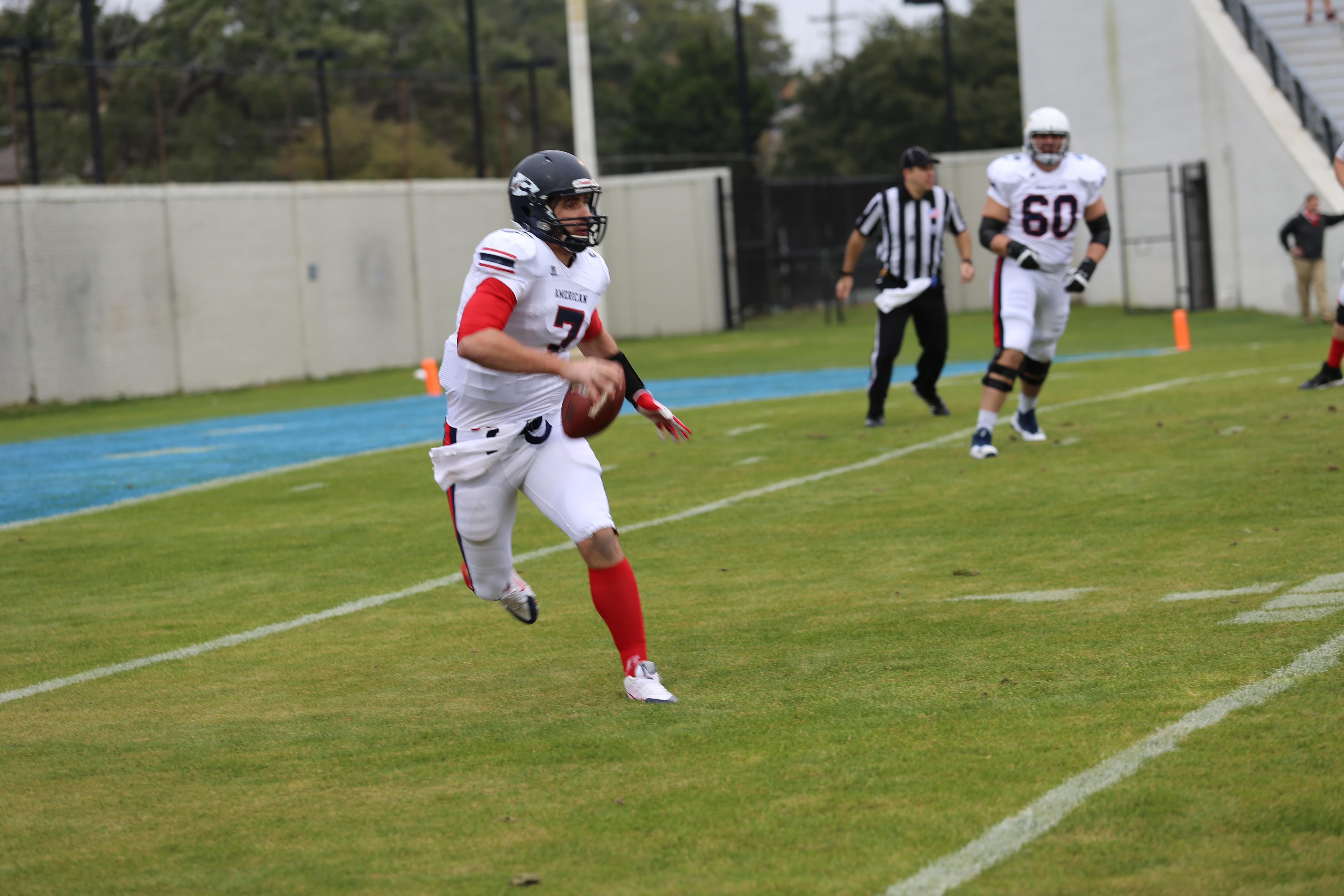Jan 2, 2019Catching Long QT
 A diagnosis of Long QT Syndrome almost derailed the football career of University of Indianapolis freshman Sam Schoonveld before it even started. But thanks to a comprehensive preseason screening process and superior care from the sports medicine staff, he is healthy and back with the team.
A diagnosis of Long QT Syndrome almost derailed the football career of University of Indianapolis freshman Sam Schoonveld before it even started. But thanks to a comprehensive preseason screening process and superior care from the sports medicine staff, he is healthy and back with the team.
Schoonveld had undergone his preparticipation exam (PPE) with no concerns. After all, he had been a four-sport athlete throughout high school, and no physical problems had ever been flagged. This time, however, there was a big red flag. Schoonveld’s EKG was abnormal, according to an article in The Reflector, the school’s student newspaper. The result could potentially spell the end of his playing career.
After Head Athletic Trainer Ned Shannon, LAT, ATC, called Schoonveld to share the difficult news, he referred him to Indiana University Health Methodist Hospital. Physicians at the hospital administered a stress test and diagnosed Long QT Syndrome, which is “a heart rhythm disorder that can cause fast, chaotic heartbeats during times of stress or intense physical activity.”
“There’s a certain rhythm of your heart and there’s certain intervals. There’s a space between a Q and T, and that’s basically the space between your heartbeats,” Schoonveld said. “And when you exercise and you elevate your heart rate, it’s supposed to get closer and closer together so you can get more heartbeats in a minute, but mine actually gets a little longer and more spaced out.”
As Schoonveld began to learn about his diagnosis, his initial reaction was gratitude that he had not had a heart event on the field as a high schooler.
“It was really scary once I started reading about it and researching,” he said. “You can have no symptoms of it and all of a sudden your heart can just stop and you can just fall over. So the fact that I didn’t have anything happen with it my whole life is a blessing.”
The next big question mark, though, was his future with the UIndy football team. Head Coach Bob Bartolomeo didn’t want to lose Schoonveld, but his primary concern was the player’s safety.
“I never want to take away a dream from a young man who wants to come and play and compete in collegiate athletics,” Bartolomeo said. “But I was more concerned about his health than anything else. I’m glad we caught it so that nothing would happen if he was going through physical activity.”
After further consultation with his doctors, Schoonveld received some good news. With the right medication, he would be able to continue to play.
“They [doctors] put me on some medicine and they started working my dosage up for my medicine. Now I just take a pill every morning,” he said. “I can’t really tell that I’m on the medicine, I can’t really tell that I have it. I’ve never been able to tell that I’ve had it.”
For Bartolomeo, the incident pointed out the success and importance of Indiana’s extensive PPE protocol, which he has seen protect the safety of many athletes.
“I think it [Schoonveld’s diagnosis] is an at testament to our screening process here at UIndy. It’s not the first time where we’ve caught problems that the player did not know about,” he said. “As a coach, you feel confident that those players that are cleared are ready to go and can compete and do the physical activities that we need to do.”



